Through our time with Rodger and Sarah at Vernon Street, I have begun to think about the idea of 'binding' a book in more detail. Rodger explained binds and different ways of approaching the idea of a book:...
Some examples of things you can do:
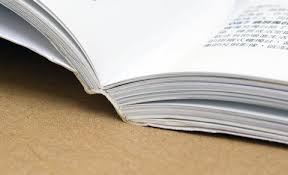
- Full Section Bind, This opens flat, but the pagination has to be spot on for the images to look great.
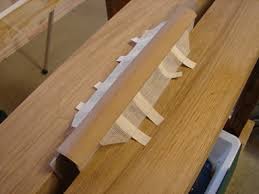
- SWELL, Putting a book together with a rounded spine, this is the book we made as a mock and it just tends to look 'nicer' than the rectangular effect you normally get.
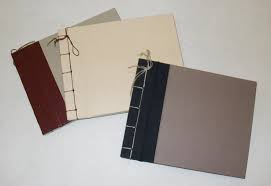
- Japanese Bind, most commonly used for photograph albums or possibly a book of collage? It looks as though the string-stitch on the outside of the spine is holding the book together.
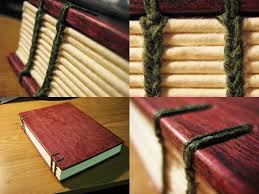
- Coptic binding, this is when there is no spine to the book, it's just stitched, the stitching revealed. Edges are trimmed really flush.
- Concertina, used in children's books a lot, by sticking extra tabs onto the bit of concertina you can make it bigger. With some folding you can also create pockets to hold things and bits of book that fold out, revealing stuff. Then there's also...
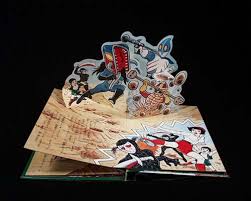
- Pop-Up Books.
They also talked about various corner cutters they had, these work in the same way as a hole punch? But cut the corners perfectly. Also machines which work in the same way but that crease bits of card you want.
Lastly Dust Jackets are quick and easy to make. Along with a casing for a book (box), they look very special. I was thinking of possibly making a big one to act as my museum case with my resin inside?
Below are just some images I have come across, of fun, intriguing hand-made books, incorporating some of the techniques above...





These are a couple of videos, of the Alice In Wonderland Pop-up book by Robert Sabuda and Matthew Rinehart, pretty spectacular! Amazing paper engineering!
Fabric Books, are also something i'm interested in very much, they have a very personal feel to them, which I think is important when trying to communicate something.


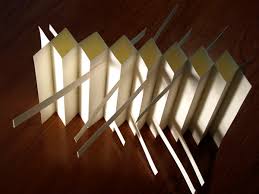




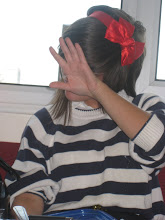
1 comment:
This semester I am taking a bookbinding course and looking at the books made by students and other artists I find it interesting more in what they put in it. I never really thought much on making books. I am a printmaking major so I stick to 2D works, but once in a while I get the urge to do something 3D. With that said so I can never find where to start on something 3 dimensional let alone a combination of both. When you take a look at a book, it is a collection of 2D canvases that make up a 3D structure. Looking at these book artists, I found it very intriguing on how they manage to merge both of these into one. I am not quite sure who the artist or artists are, but I am drawn to the last few works, particularly the cut out engraved books. I feel that the works had a gothic tone to it. The level of detail and intricacies shows how meticulus the work must be. It reminds me of the winding gears of an old century clock. I enjoyed how the books that they use followed the “old gothic” look with the paper staining to show aging. The content, that I would describe it as taking a near linear abstract painting or drawing and carve it out of a book. Its like seeing Leonardo Di Vinci’s drawings turned into scupltures that are still confined to the 2D plane field .
Post a Comment